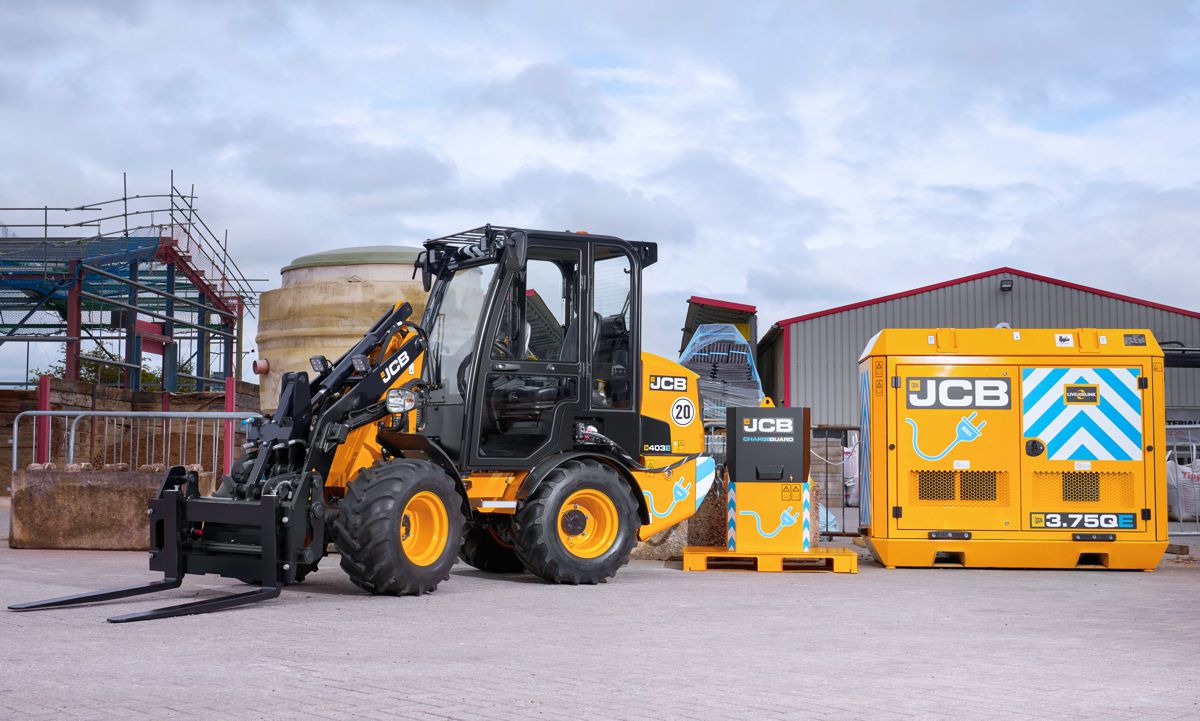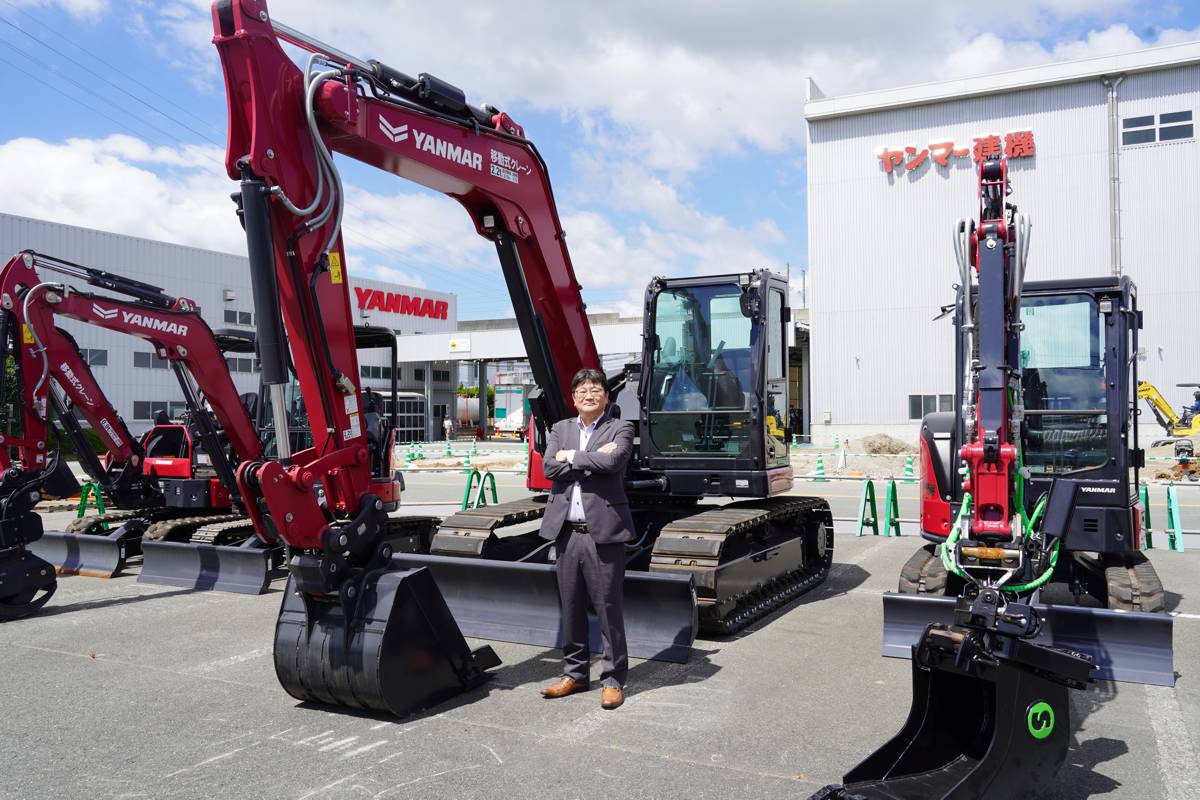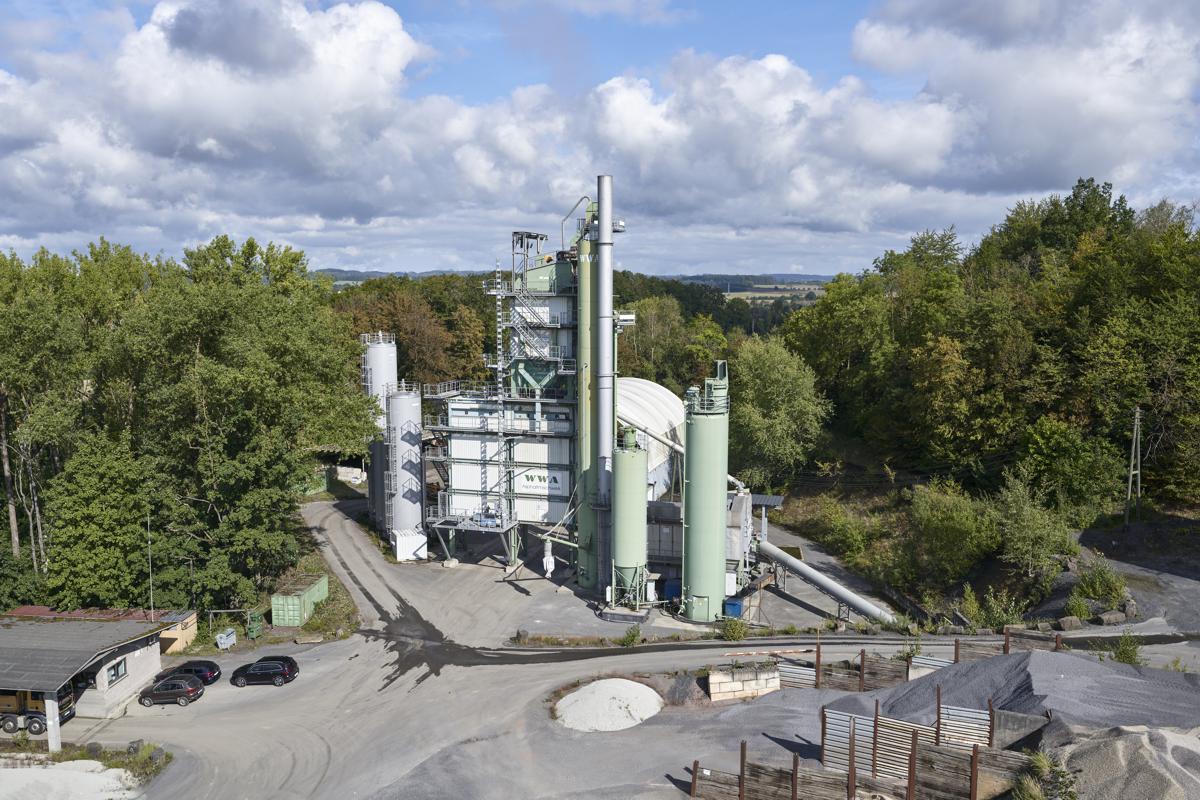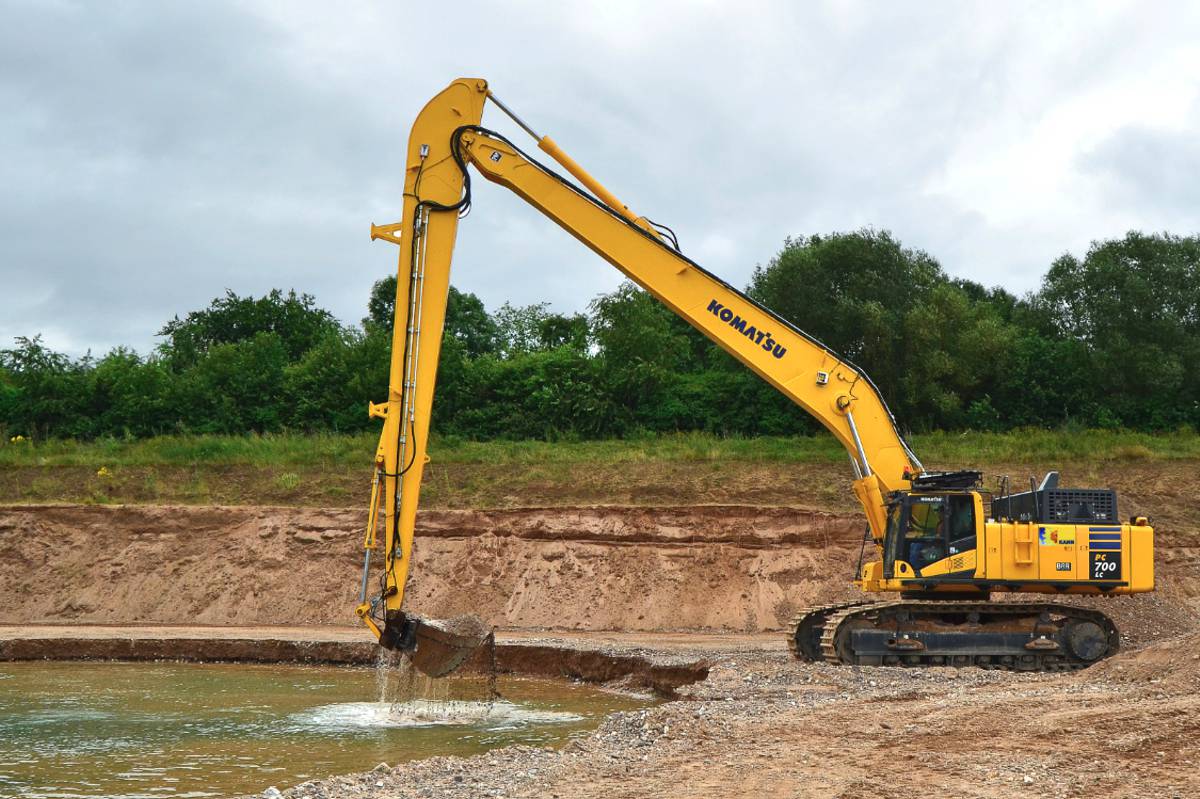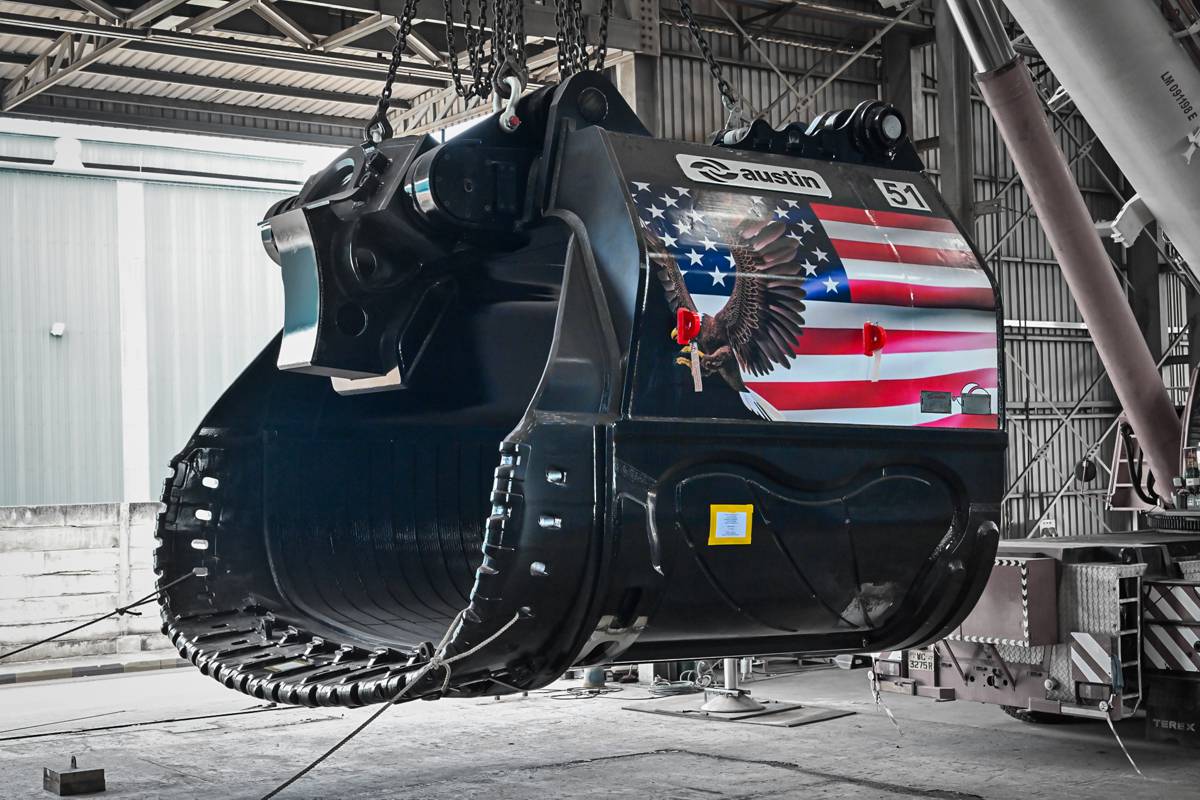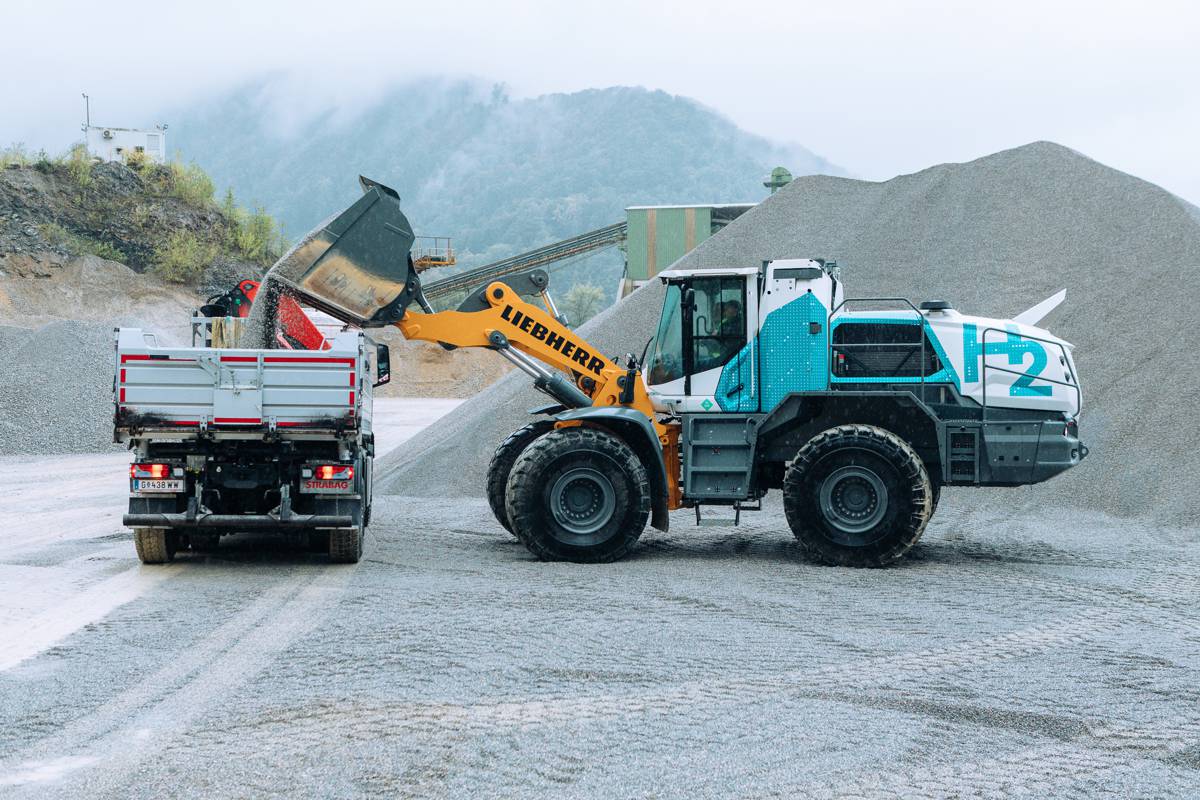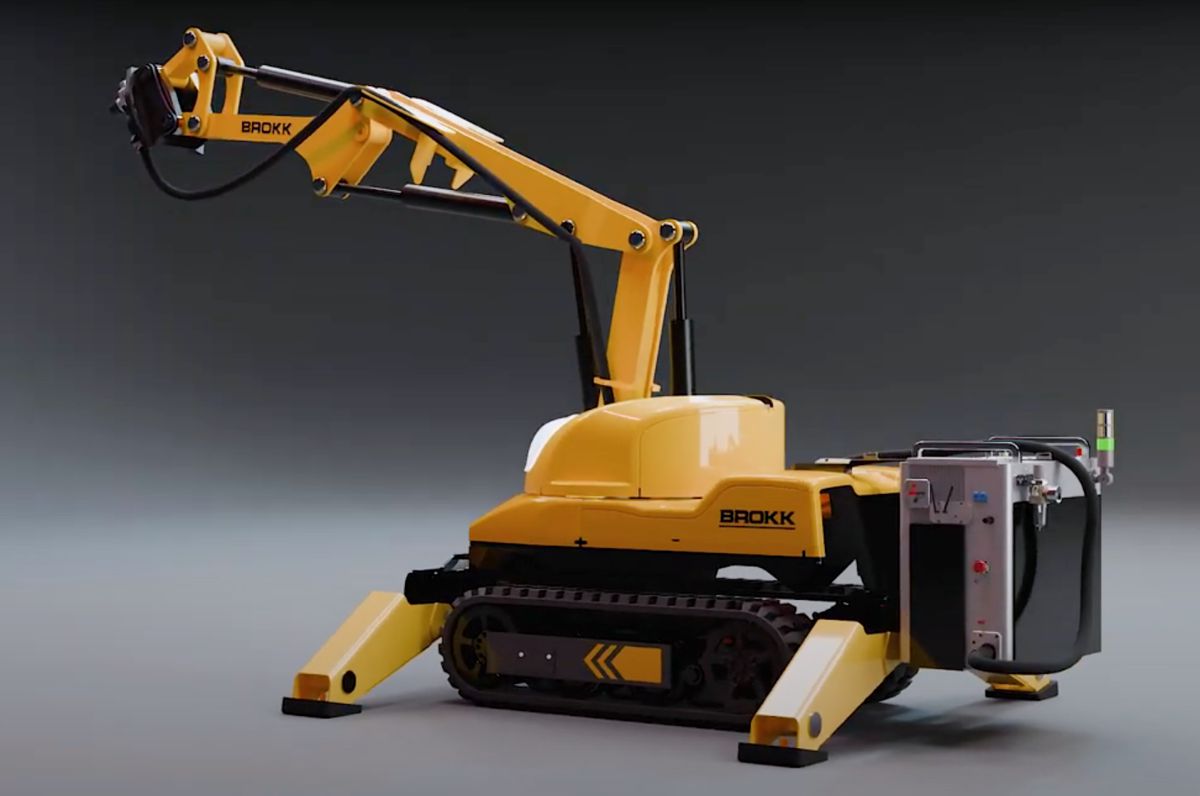An expert guide to Sonic Drilling
A wide range of specialist equipment has been utilised over the past few decades in the construction industry. The drilling industry, in particular, has seen huge progress in terms of the apparatus used, and the technologies involved. One of the most pertinent examples of this, however, has to be sonic drilling technology. The benefits of sonic drilling are manifold, for both the contractor and customer alike. Such an advanced and technical piece of equipment requires a comprehensive understanding of the machinery itself, industry expertise and relevant training qualifications.
John Rodgman is Managing Director of Borehole Solutions, one of the UK’s leading geotechnical surveyors and sonic drill operators. He shares his considerable industry expertise and explain just why sonic drilling is such a valuable geotechnical asset.
What Is Sonic Drilling?
Sonic drilling is an advanced drilling technique used during site investigations. It utilises high-frequency energy in the form of sonic drill head oscillations. These oscillations, paired with steady rotation, advance a core barrel downwards through the substrate. The high-frequency resonance results in a liquefying effect that significantly loosens the target site’s soil structure. This liquefaction results in upwards of 80% less investigation derived waste (IDW) being produced than standard rotary drilling. The result is a much smoother and cleaner drilling pathway, with the drill bit encountering far less friction.
The rig’s highly innovative design returns core samples of an exceedingly high integrity, especially when compared with more conventional augering techniques. The advanced telescopic casing systems used within a sonic drilling rig help produce wholly uncontaminated and unbiased samples. Thanks to a sonic rig’s precision and accuracy, borehole deviations of only 1% are often achieved (and, most other times, they still remains below 2% deviation).
How Does Sonic Drilling Work?
The sonic head at the helm of a sonic rig helps distinguish it from its conventional rotary rig counterparts. Within this particular head are two rotating counterweights which produce a high level of vibratory force. This kinetic energy consequently manifest as the more-than substantial resonance required to penetrate subsurface materials. The energy from the two counterweights is projected vertically down the drill string, causing it to rotate within the head itself. This resonance is evenly distributed throughout the core barrel, whereby the drilling power needed for more efficient and effective drilling is created.
Applications Of Sonic Drilling Technologies
The applications for sonic rigs are widespread and far-reaching, with the term geotechnical site investigation being to used to describe various different drilling scenarios. As a low-waste and low-impact drilling method that still manages to retain a high-quality yield, sonic drilling offers the ideal solution for any environmentally-conscious site investigation. On an ecologically sensitive site, the efficiency of a sonic drill cannot be flawed. Its quicker drilling time allows for a shorter overall investigation, thus reducing the environmental impact on the surrounding area.
In the construction industry, a sonic rig proves an invaluable piece of equipment. This is especially true in large-scale projects such as bridges or dams, where the infrastructures’ structural integrity is doubly important. In these scenarios, the specific sonic casing system once again proves useful. Once the site investigation is complete, the casings are left in place to act as placeholders, thereby preventing any subsurface structural collapse. Whilst sonic drilling works best in overburdened conditions, it can be utilised to penetrate more solid strata such as limestone and dolomite formations, in some instances. If presented with such consolidated strata, then sonic drilling still penetrates these harder materials with maximum efficiency compared to conventional rotary drilling and percussive drilling options.
Versatility Of Sonic Drilling
Conducting site investigations requires a great deal of flexibility as the individual nature of each particular investigation presents challenges unique to that project. Part of what makes sonic rigs so attractive, therefore, is their adaptability. The fitting of caterpillar tracks, for example, allows for autonomous operator movement, mitigating the need for external heavy vehicles to further pollute the site. Sonic rigs also come in various sizes, and the necessary rig for the project can easily be determined with a simple preliminary site inspection. Sonic drilling requires neither fluid nor air, and as such can be used for earthen embankment work where traditional auger methods aren’t feasible. This gives sonic drilling a wider range of uses extraneous to simply the commercial sector.
The Process Of Sonic Drilling
Once the rig has been set up on site and prepared for use, drilling can commence. The core barrel, with the sonic head attached, begins to penetrates the ground and create the initial borehole. Once the desired depth to retrieve the sample is achieved, the casing can be inserted over the core barrel to begin sample capture. Sonic drilling works best in dry conditions, so as to preserve the integrity of the sample as best as possible and prevent any potential contamination or spoiling from groundwater. Upon retrieval of the core sample, a surveyor’s geological examination can subsequently take place.
Safer Than Conventional Drilling
The construction industry has long-faced health and safety risks, it’s often seen as part and parcel of the trade. But, the reality is that in 2020, it shouldn’t be. A traditional problem faced by geotechnical drilling contractors, the nationwide, has been the snagging of clothing on rig components such as auger flights. This presents quite the health and safety risk, and has been the cause of many an on-site injury. The smooth rods and casings of a sonic rig, paired with a hands-free operating system significantly reduces the risk of personal injury. In an extensively regulated era and industry, the importance of this cannot be overstated.
So, what is the overall upshot of sonic drilling? John Rodgman believes that, when operated properly by qualified, accredited contractors, these rigs provides an incredibly effective method of tackling shallow to medium depth formations, and does so in a prompt, clean and markedly safe manner. Their versatility, ease-of-use and efficiency make for one of the finest drilling options out there.



